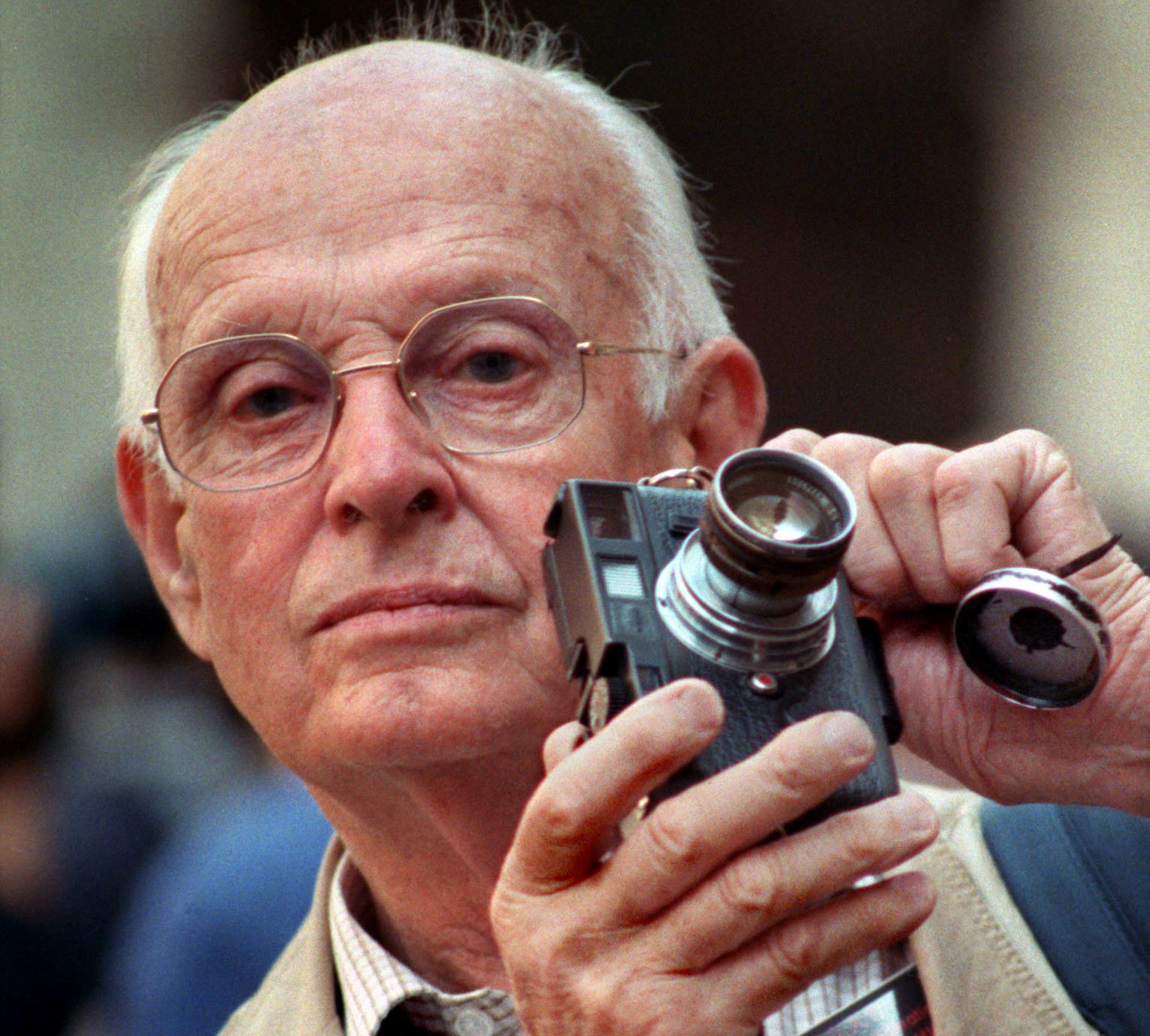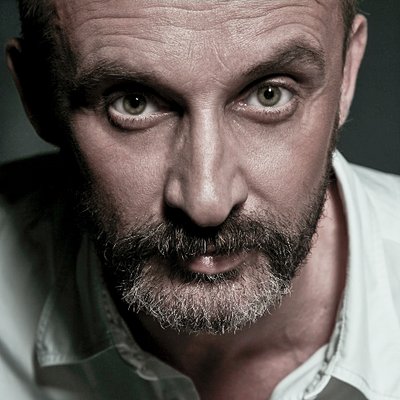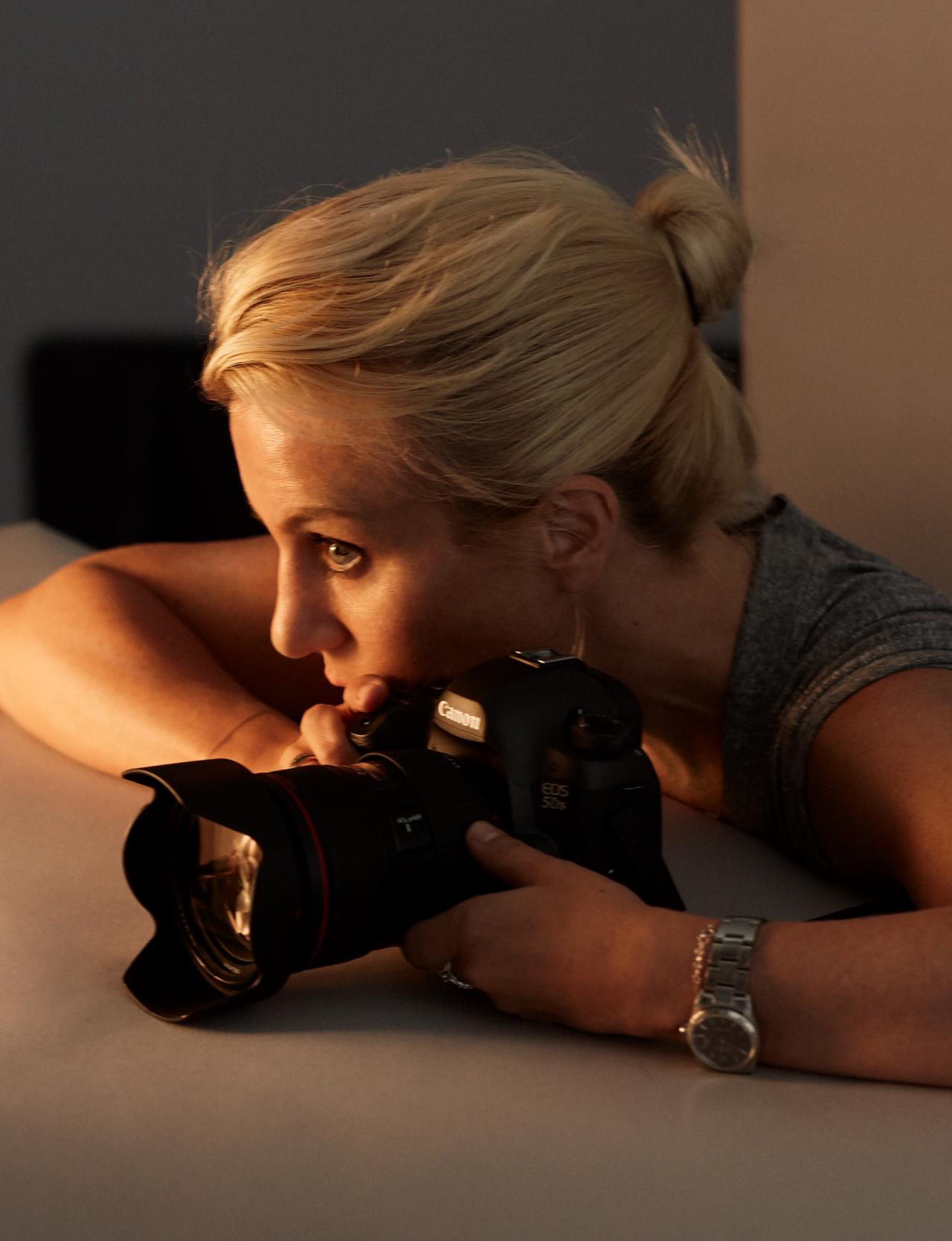Henri Cartier-Bresson (August 22, 1908 - August 3, 2004)1 was a famous French photographer considered by many to be the father of photojournalism. . He always preached with the idea of catching the decisive moment, a translated version of his "images on the sly." It was a question, then, of putting the head, the eye and the heart at the same moment in which the climax of an action develops.
Throughout his career, he had the opportunity to portray the likes of Pablo Picasso, Henri Matisse, Marie Curie, Édith Piaf, Fidel Castro and Ernesto "Che" Guevara. He also covered important events, such as the death of Gandhi, the Spanish Civil War, where he filmed the documentary on the Republican side "Victorie de la vie", the SGM, in which he was in the Film and Photography Unit of the French army or the Mao Zedong's triumphal entry into Beijing. Cartier Bresson was the first Western journalist to visit the Soviet Union after Stalin's death.
His work was exhibited at the Louvre in Paris in 1955.
He was a co-founder of the Magnum Agency.
Together with his wife, Martine Frank, who is also a photographer, he created in 2000 a foundation in charge of bringing together his best works, located in the Parisian neighborhood of Montparnasse.
In 2003, Heinz Bütler directed the Swiss film Henri Cartier Bresson Biographie eines Blicks, a biographical documentary starring Cartier-Bresson himself as well as Isabelle Huppert, among others.
For some, Cartier Bresson is a mythical figure in 20th century photography. One of his best biographers (Pierre Assouline) would call him "the eye of the century".
In 1982 he received the Hasselblad Foundation International Award.
Born in Chanteloup-en-Brie, in the Seine-et-Marne department, near Paris, on August 22, 1908.
After finishing his painting studies in 1927-1928 under André Lhote in Montparnasse and frequenting Parisian surrealist circles, he decided to dedicate himself to photography. He is a photographer at the age of 23 in the Ivory Coast, when he would take his first snapshots with a second-hand Krauss. He would publish his report the following year (1931). Back in France, in Marseille, he acquired a Leica camera, which would remain associated with his person. In 1947, he co-founded the Magnum Agency with Robert Capa, Bill Vandivert, David Seymour and George Rodger and through his travels around the world he would define humanist photography: he would thus visit Africa, Mexico, and the United States. In 1936 he made a documentary on the hospitals of republican Spain and would later become the assistant of filmmaker Jean Renoir.
Trained at the National Superior School of Fine Arts, he finally abandoned photography in 1970 to dedicate himself to drawing. A year before his death in 2003, the National Library of France would dedicate a retrospective exhibition to him, with Robert Delpire as curator. These funds are the ones that would later be used for the opening in the Parisian neighborhood of Montparnasse of the HCB foundation, which ensures the good conservation of his work.
Died on August 3 in Montjustin, south-eastern France.
(Source Wikipedia)
See some of Henri's photos Cartier-Bresson
To describe is to destroy, to suggest is to create.








 English (United Kingdom)
English (United Kingdom)